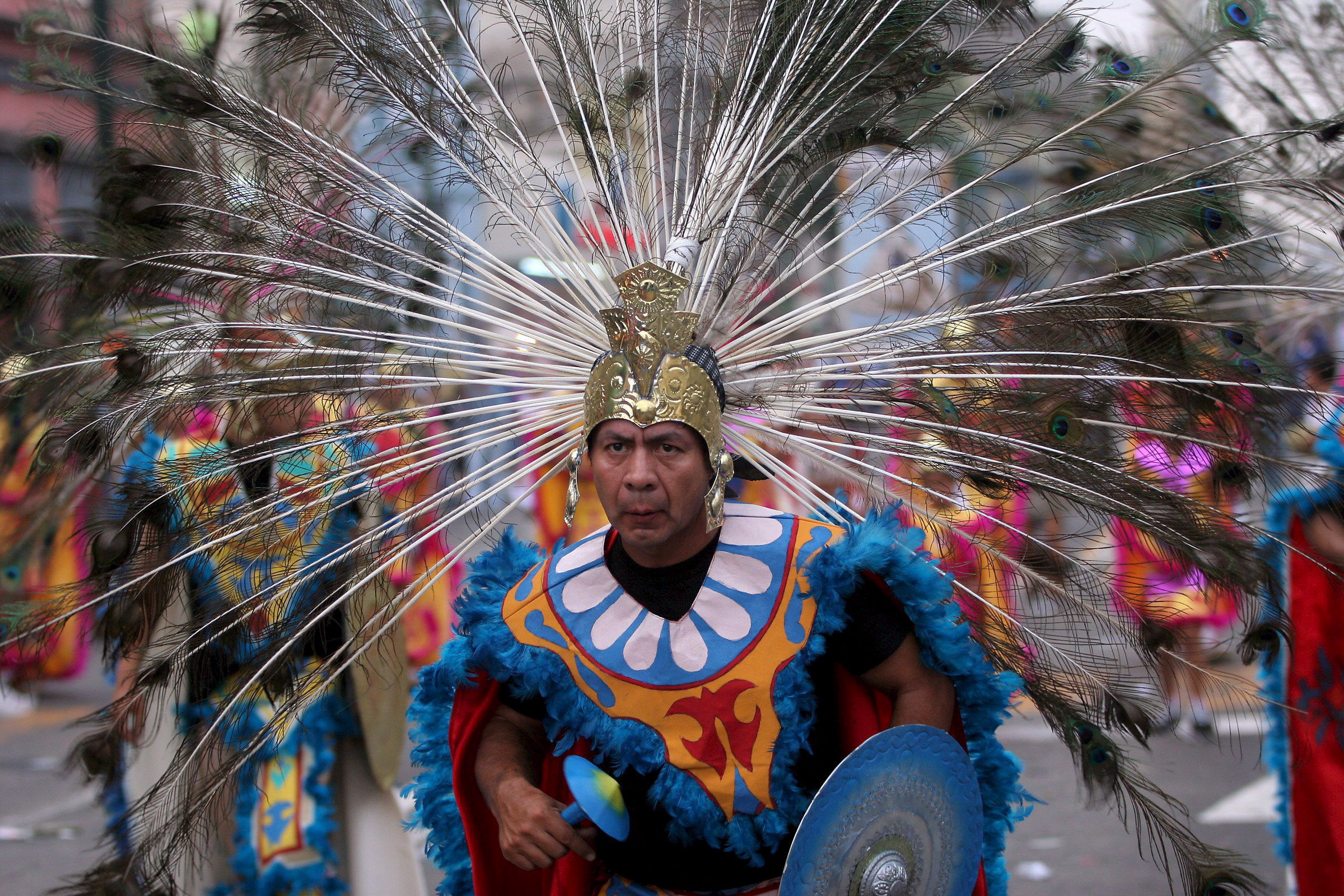The state of Jalisco in Mexico is a tapestry woven from rich traditions, vibrant cultures, and a history steeped in diversity. What makes this region not only unique but emblematic of Mexican heritage? This question invites exploration into the various facets of Jalisco’s cultural consciousness. From its indigenous roots to its colonial legacies, Jalisco embodies a dynamic interplay of influences that shape its identity.
To comprehend cultural awareness in Jalisco, one must first look at its historical context. Jalisco is home to several indigenous groups, including the Huichol and the Purépecha peoples, whose customs, languages, and beliefs have persisted over centuries. These indigenous communities offer a poignant reminder of the long-standing traditions that continue to coexist alongside modern influences. Has this rich tapestry of heritage sparked a global interest in indigenous practices and their environmental wisdom?
As colonial influences began permeating the region in the 16th century, Jalisco was transformed. Spanish settlers introduced new agricultural practices and religious traditions, which melded with pre-Hispanic customs to create a hybrid culture unique to the area. For example, Jalisco is known for its contributions to Mexican cuisine, with staples like birria, a traditional stew of goat or beef, and tequila, the iconic spirit made from the blue agave plant. Yet, how much do modern gastronomes appreciate the cultural significance behind these dishes? Are they aware that many culinary practices are rooted in ancient rituals?
Visual arts in Jalisco reflect this syncretism as well. The vibrant colors and styles of traditional Mexican pottery, textiles, and folk art serve not only aesthetic purposes but also embody stories of community and identity. The use of locally sourced materials and traditional techniques illustrates a deep-rooted respect for the environment. In an age where mass production dominates, can we challenge ourselves to appreciate the intricate craftsmanship that harkens back to generations before us?
In the realm of music and dance, Jalisco stands out with its mariachi ensembles and folkloric ballet. Mariachi music, characterized by its spirited melodies and heartfelt lyrics, has gained international acclaim, serving as a cultural ambassador for Mexico. However, this art form is not merely entertainment; it’s a narrative vehicle that conveys the joys, struggles, and resilience of the people. Are we listening sufficiently to these stories, or are we allowing the commercialism of the genre to dilute its meaning?
The language of Jalisco, primarily Spanish, is replete with regionalisms that encapsulate the state’s cultural identity. Expanding beyond standard Spanish, the local dialects and expressions reflect Jalisco’s rich history and the diverse influences over the centuries. It beckons an appreciation for the power of language in preserving cultural narratives and fostering community bonds. Are we making a concerted effort to understand these linguistic nuances, or have we relegated ourselves to a superficial skim of cultural depths?
Religious practices also play a salient role in Jalisco’s cultural fabric. The ingrained Catholicism, brought by Spanish colonizers, intermingled with indigenous beliefs to foster unique spiritual traditions such as the Festival of the Virgin of Zapopan. This annual event sees countless devotees participate in a pilgrimage, blending faith and communal celebration. It poses an intriguing question: in an increasingly secular world, how might such traditions contribute to environmental stewardship and community cohesion?
Tourism is another powerful force that shapes cultural awareness in Jalisco. Destinations like Guadalajara, the state capital, boast historical landmarks, including colonial architecture and bustling markets. These locales present opportunities for cultural immersion, yet they also prompt challenges. How can tourism be leveraged to benefit local economies while simultaneously preserving the integrity of Jalisco’s cultural heritage? The delicate balance between attracting visitors and maintaining authenticity poses a pressing question.
Moreover, Jalisco’s natural landscapes, from stunning beaches along the Pacific coastline to the highlands adorned with agave fields, are crucial to the region’s identity. These environmental treasures are not only important for tourism but also for local agriculture and traditional practices. In light of escalating climate concerns, how can Jalisco’s cultural heritage inform sustainable practices? The interaction between the cultural and the natural world beckons a collaborative approach to conservation. Shouldn’t the wisdom embedded within local traditions influence modern environmental strategies?
As the world becomes increasingly interconnected, Jalisco’s vibrant culture presents not only a window into Mexico’s past but a challenge to embrace its future. Engaging with Jalisco’s cultural awareness entails acknowledging its complexities, celebrating its traditions, and posing critical questions about the path forward. Can we, as global citizens, commit to preserving and learning from Jalisco’s cultural heritage, ensuring it continues to flourish for generations to come? The clarion call is clear: to foster an environment where heritage and modernity coexist harmoniously. The implications for cultural awareness extend beyond boundaries, enriching not only Jalisco but the global community.
In contemplating the essence of Jalisco, one finds that cultural awareness is not merely an academic exercise but a transformative experience. It is a journey into understanding the intersection of history, art, agriculture, and community—a reminder of the interconnected tapestry that shapes our world today. How will you engage with this rich cultural experience, both as an individual and as a member of a greater society? This challenge beckons for introspection and action, inviting an ongoing dialogue with Jalisco’s dynamic cultural narrative.
